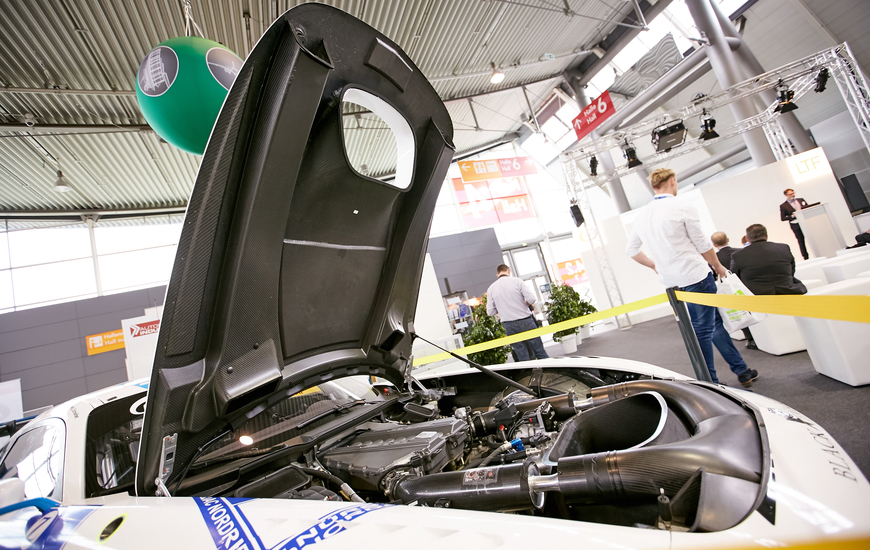Joining composites is truly a challenge since these materials are considered hard to join. Since thermal processes have so far not been applicable researchers have predominantly focused on mechanical joining technologies including crimping, gluing, riveting or screwing. COMPOSITES EUROPE from 6 to 8 November 2018 in Stuttgart will show the advantages and drawbacks of each of these processes for the respective fibre composite.
Depending on the process, various factors have to be taken into account. During riveting, for example, the fibre layers are damaged by delamination during the pilot drilling. Drilling also weakens the component. Furthermore, the power transmission between the components to be joined is very limited locally. In bonded parts, the gap width can cause problems. Nevertheless, it is the standard process for joining fibre composites due to the uniform power transmission that makes optimum use of the material properties. What the individual processes look like will be demonstrated by the Institute for Welding and Joining Technology (ISF) at RWTH Aachen, Oxford Advanced Surfaces and Weiss Chemie + Technik, to name but three exhibitors at COMPOSITES EUROPE.
-

-
13 September 2018






















